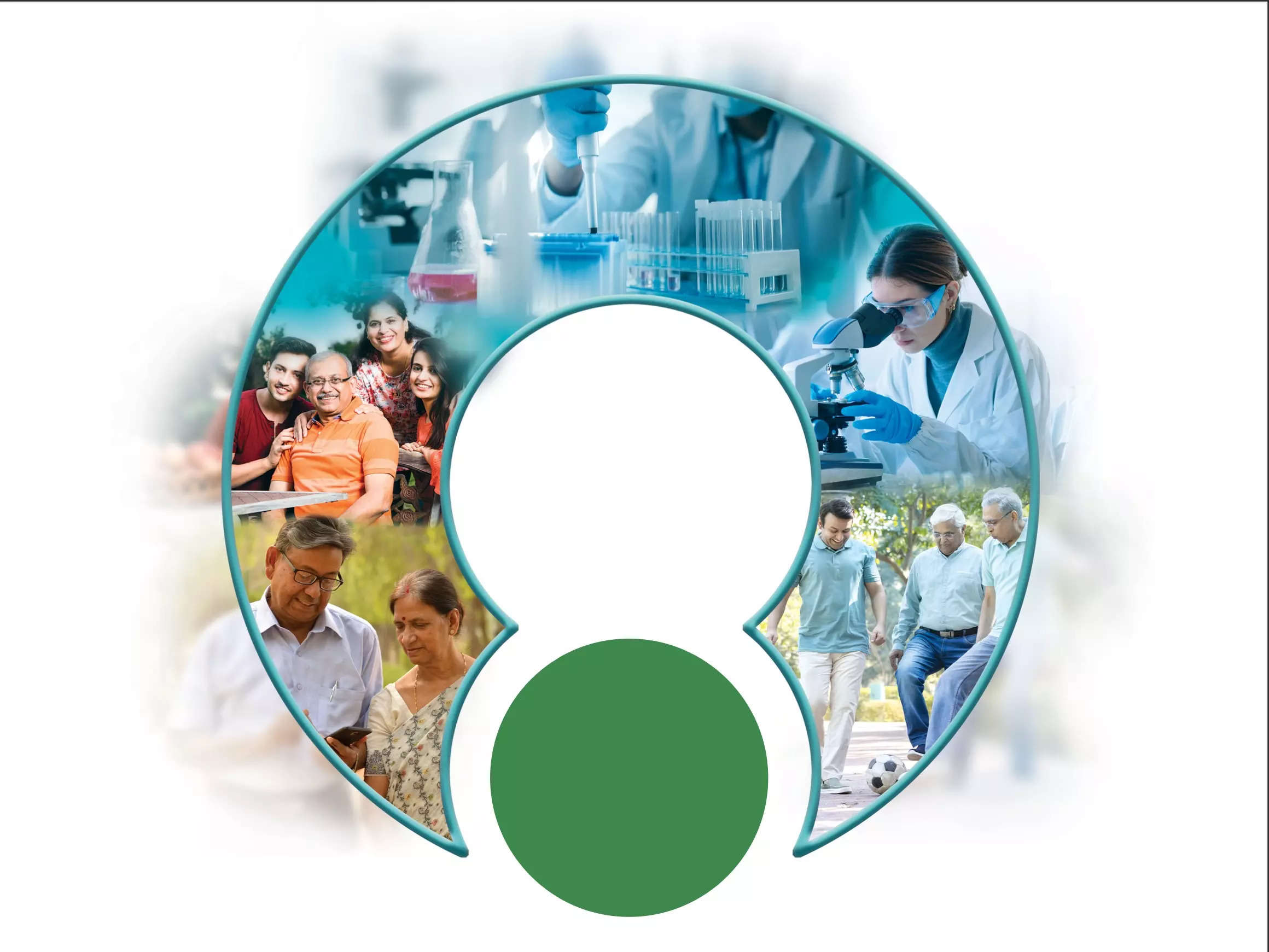
By Mitesh Dave, Group CEO, Krsnaa Diagnostics Limited
Public-private partnerships (PPPs) play a transformative role in ensuring equitable access to advanced diagnostic facilities in both urban and rural areas. For a successful PPP model that addresses the healthcare needs of all segments, particularly underserved populations, the approach should focus on several key factors:
1. Resource allocation and sharing
Space utilisation: Efficient use of existing infrastructure, such as public healthcare facilities, can reduce operational costs and improve access, especially in rural areas.
Subsidised utilities: Providing subsidised electricity, water, and other infrastructure can lower operational costs, allowing private players to offer affordable services to the masses.
Skilled workforce development: Incentivising youth to acquire healthcare-related skills and become healthcare navigators can increase local employment and ensure communities have access to informed health guidance.
OEM Availability in tier II & III towns: Ensuring the availability of original equipment manufacturers (OEMs) and their service support in smaller towns will help maintain high-quality diagnostic services across all regions.
2. Human resources development
Dedicated multidisciplinary teams: Creating a pool of trained, dedicated professionals across disciplines such as radiology, pathology, and primary healthcare is essential to meet the needs of both urban and rural areas.
Local capacity building: Skill and capacity-building programmes should focus on training local youth to contribute to healthcare services. This helps ensure sustainability and generates long-term employment in the healthcare sector.
3. Financial reforms for the masses
Government healthcare schemes: Strengthening government schemes aimed at subsidising healthcare for the masses, especially the economically weaker sections in rural areas, can significantly reduce the financial burden on patients.
Cost-sharing models: Developing cost-sharing models between public and private entities will ensure that services remain affordable for patients while private players can sustain uninterrupted operations. Tax benefits, holidays, and incentives for private healthcare providers can further encourage their participation in PPP projects.
Sustainability for private providers: Offering financial reforms and tax benefits can help private players maintain long-term, sustainable operations while continuing to serve underserved areas.
4. Service delivery models
Hub-and-spoke model: Establishing a network of central hubs in urban areas connected to smaller spokes in rural and semi-urban areas will facilitate deeper penetration of diagnostic services.
Mobile van operations: Well-equipped mobile diagnostic vans can provide critical healthcare services in remote areas, improving accessibility for patients who otherwise would have limited or no access to diagnostics.
5. Technology integration: Automation and AI
Telemedicine & teleradiology: Leveraging telemedicine, teleradiology, and digital pathology can enhance access to advanced diagnostic services in rural areas. Automation and AI can improve efficiency, reduce costs, and maintain the quality of diagnostics.
AI for early detection: AI-driven diagnostic tools can enhance early detection, especially in areas with limited healthcare professionals, ensuring timely and accurate diagnoses.
6. Standardising technical platforms
Equipment standardisation: Implementing standardised technical platforms and equipment ensures that diagnostic results are consistent across locations. This fosters trust in the system and guarantees that rural populations receive the same level of care as urban areas.
These strategies, when effectively implemented, can ensure that PPPs provide equitable, affordable, and high-quality diagnostic services across both urban and rural regions. Companies like Krsnaa Diagnostics Ltd, which have successfully managed PPP projects, are key players in shaping the future of healthcare in India. Their experience demonstrates that it is possible to balance quality, accessibility, and cost-effectiveness through a well-structured PPP framework.
Krsnaa Diagnostics Limited is India’s premier diagnostics service provider, known for its extensive network spanning 18 states and union territories with 170+ MRI/CT centres, 1,400+ tele-reporting X-ray centres, 300+ pathology labs, and over 2,300 collection centres. The company’s commitment to delivering high-quality, affordable diagnostic services is evident in its advanced cloud-based PACS workflow, which enables rapid deployment and easy integration into diverse healthcare ecosystems and enables the delivery of accurate reports from well-qualified radiologists and pathologists from all across the globe. Krsnaa has India’s first CAP-accredited lab in a PPP mode as well as India’s first and largest NABH-accredited teleradiology HUB in Pune.
(DISCLAIMER: The views expressed are solely of the author, and ETHealthworld.com does not necessarily subscribe to it. ETHealthworld.com shall not be responsible for any damage caused to any person/ organisation, directly or indirectly.)


